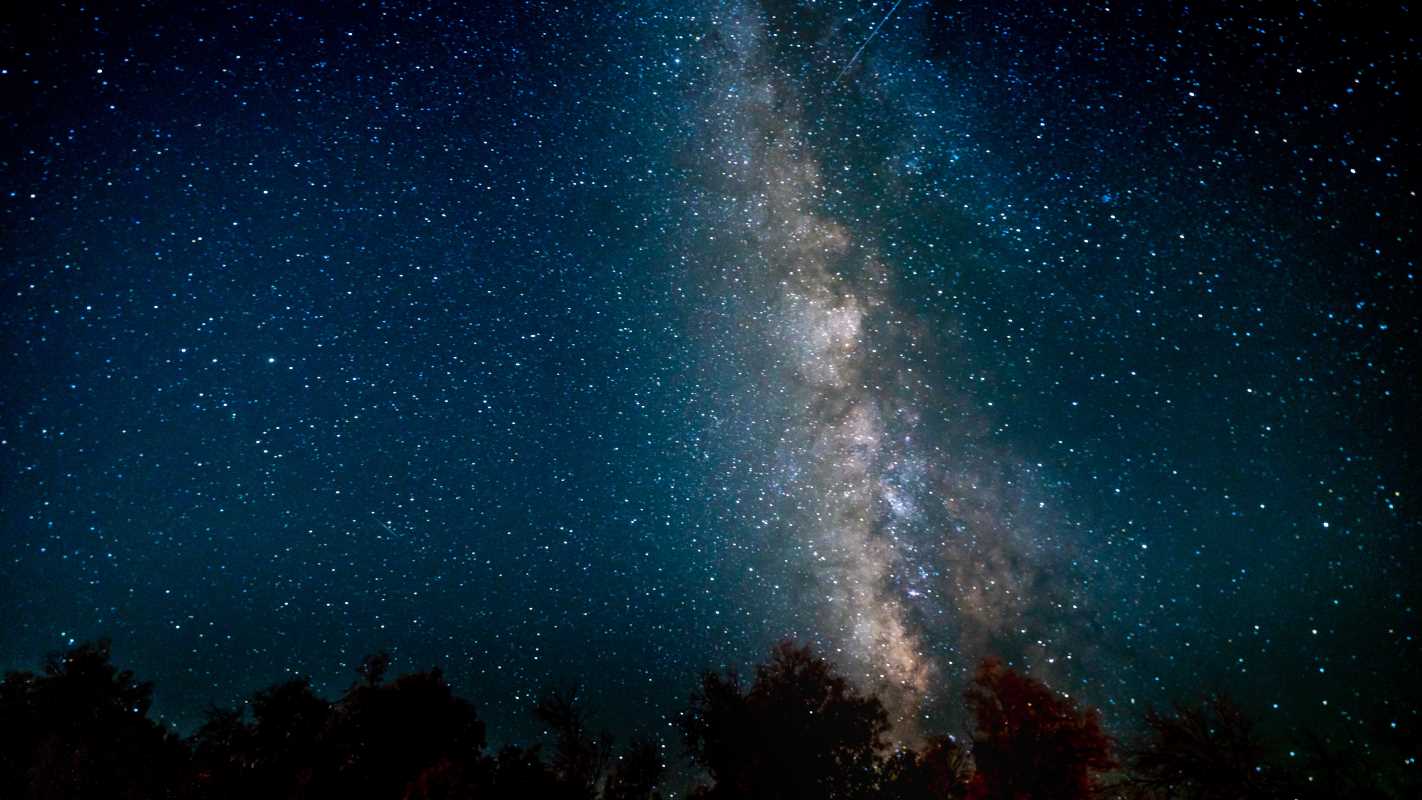Settling into a backyard beneath an open sky sets the stage for discovery and sparks curiosity in everyone present. Cushions and blankets spread across cool grass invite people to relax and connect, while the background chorus of crickets creates a peaceful atmosphere. As dusk falls and the air grows cooler, the mix of earthy lawn scents and the subtle promise of nighttime awaken a sense of anticipation. The boundaries of daily life fade away, replaced by a quiet excitement as the first pinpricks of starlight appear above, encouraging everyone to look up and wonder about the universe beyond.
With a few adaptable tools and a spirit of discovery, families can transform ordinary spaces into dynamic learning labs. A simple Stargazing Journal becomes a testament to each sighting, and a red LED flashlight keeps notes visible without overwhelming dark-adapted eyes. Focus on small rituals—like timing the first meteor streak— and the routine shifts into an engaging practice that sparks questions and fuels storytelling across generations. This journey begins with fascination and naturally leads into moments of guided discovery.
New Perspectives Above Your Backyard
Drawing attention to patterns in the sky encourages viewers to see familiar horizons through a different lens. Track the subtle movement of constellations from one season to the next to reveal the Earth’s rotation in real time. When dusk settles, an ever-changing arrangement of stars invites observers to predict which bright point will rise or set next.
Focus on planetary motion to introduce a sense of scale. Spot Jupiter’s steady glow or Saturn’s faint ring-edged shimmer to give participants an unexpected sense of connection to distant worlds. Mark positions on an inexpensive star chart, and even newcomers experience the thrill of plotting movement and charting orbits without leaving home.
Value-Driven Curiosity Triggers
Imagine the moment a child adjusts focus on a low-power telescope lens and peers into a lunar crater for the first time: that instant ignites a spark that information alone cannot match. This spark grows when the whole family shares in the awe, prompting questions that range from “What makes craters round?” to “How old is that surface?” Such impulses open rich paths into physics, geology and mathematics, all kindled by an immediate sense of discovery rather than a lecture.
Arrange a themed viewing—like scanning the horizon for waxing crescent phases—and turn casual interest into a mission. Participants hunt for subtle changes night after night, cultivating patience and sharpening observational skills. These consistent yet flexible tasks nurture critical thinking as each family member compares notes, recognizes patterns and refines hypotheses about the moon’s shape.
Introduce simple experiments immediately after observation—such as casting shadows from a small ball under a lamp to mimic lunar phases—and transform abstract concepts into tangible demonstrations. Hands-on replication invites eager questions: “Why does the shadow move?” or “Can the same experiment show Jupiter’s moons?” Anchor lessons in visible phenomena, and curiosity becomes self-sustaining, leading learners to volunteer new experiments and topics to explore.
Pair each night’s skywatch with short storytelling segments to further embed meaning. Reimagine mythic origins of constellations to offer a creative outlet and encourage cultural exploration. As family members craft their own star stories, they invest emotionally, weaving astronomical inquiry with artistic expression. This integration deepens engagement far beyond a checklist of celestial objects.
Hands-On Observation Techniques
1. Star Chart Utilization
Purpose: Align the sky’s pattern with observable constellations.
- Steps:
- Lay the chart flat, matching its orientation to the north point in the yard.
- Locate at least three bright stars and trace their connecting lines on the chart.
- Rotate the chart to simulate movement and predict when a constellation will appear.
- Cost: Under $10 for standard print
- Availability: Most outdoors or science museums
- Insider Tip: Mark each sighting with erasable marker on a transparent sleeve for quick night-to-night tracking.
2. Stargazing Journal Keeping
Purpose: Reinforce learning and spark follow-up questions through systematic note-taking.
- Steps:
- Record date, start time, and sky conditions in a dedicated notebook.
- Sketch observed shapes—capture the orientation of star clusters precisely.
- Write a short reflection on one question that emerges, then research answers before the next session.
- Cost: Under $5 for basic notebooks
- Availability: Stationery stores
- Insider Tip: Use colored pencils to differentiate planets, constellations, and meteors for quick visual scanning of patterns.
3. Red Light Flashlight Technique
Purpose: Preserve night vision with a low-intensity red LED source.
- Steps:
- Select a flashlight with adjustable red filter intensity.
- Install fresh batteries to maintain consistent output.
- Use the light to read notes, then switch off when looking skyward to reduce glare.
- Cost: Around $8 for a basic model
- Availability: Camping supply shops
- Insider Tip: Test varying intensities at home to find the sweet spot between readability and minimal sky interference.
4. DIY Pinhole Projector
Purpose: Observe solar eclipses safely through a simple cardboard setup.
- Steps:
- Cut a small hole (3–5 mm) in a stiff card panel.
- Carry a second white surface at arm’s length behind the hole.
- Angle the setup toward the sun to project its image onto the white card.
- Cost: Less than $2 using recycled materials
- Availability: Household items
- Insider Tip: Adjust distance between cards for sharper images and mark alignment points to quickly repeat the setup.
5. Time-Lapse Photography Setup
Purpose: Capture star trails as dynamic arcs across the sky.
- Steps:
- Mount a camera with an interval-timer on a stable tripod.
- Set exposures of 15–30 seconds over a two-hour period.
- Compile images with free software to reveal continuous circular trails.
- Cost: Varies based on camera access
- Availability: Smartphones with compatible apps
- Insider Tip: Manually focus on a bright star before starting and test framing under street-light conditions.
Connecting Generations Under the Stars
Sharing stories about celestial discovery encourages older family members to share their memories of viewing comets or eclipses. When grandparents compare memories of paper atlases and large public telescopes, younger stargazers appreciate how tools and methods have evolved. This dialogue bridges decades of techniques and ignites a sense of responsibility for scientific progress.
Encourage each generation to teach one practical skill—from sketching star patterns to calibrating a tripod mount. Rotating teaching roles makes every participant feel ownership of the experience. These shared achievements cultivate respect for different expertise levels and motivate learners to keep sharing their insights.
Embedding Outdoor Learning Into Routines
Make skywatching a monthly tradition by syncing it with lunar events and pairing it with a fun outdoor treat. These small rituals spark curiosity about nature and create lasting family memories. Over time, the night sky becomes a shared classroom full of wonder and connection.







